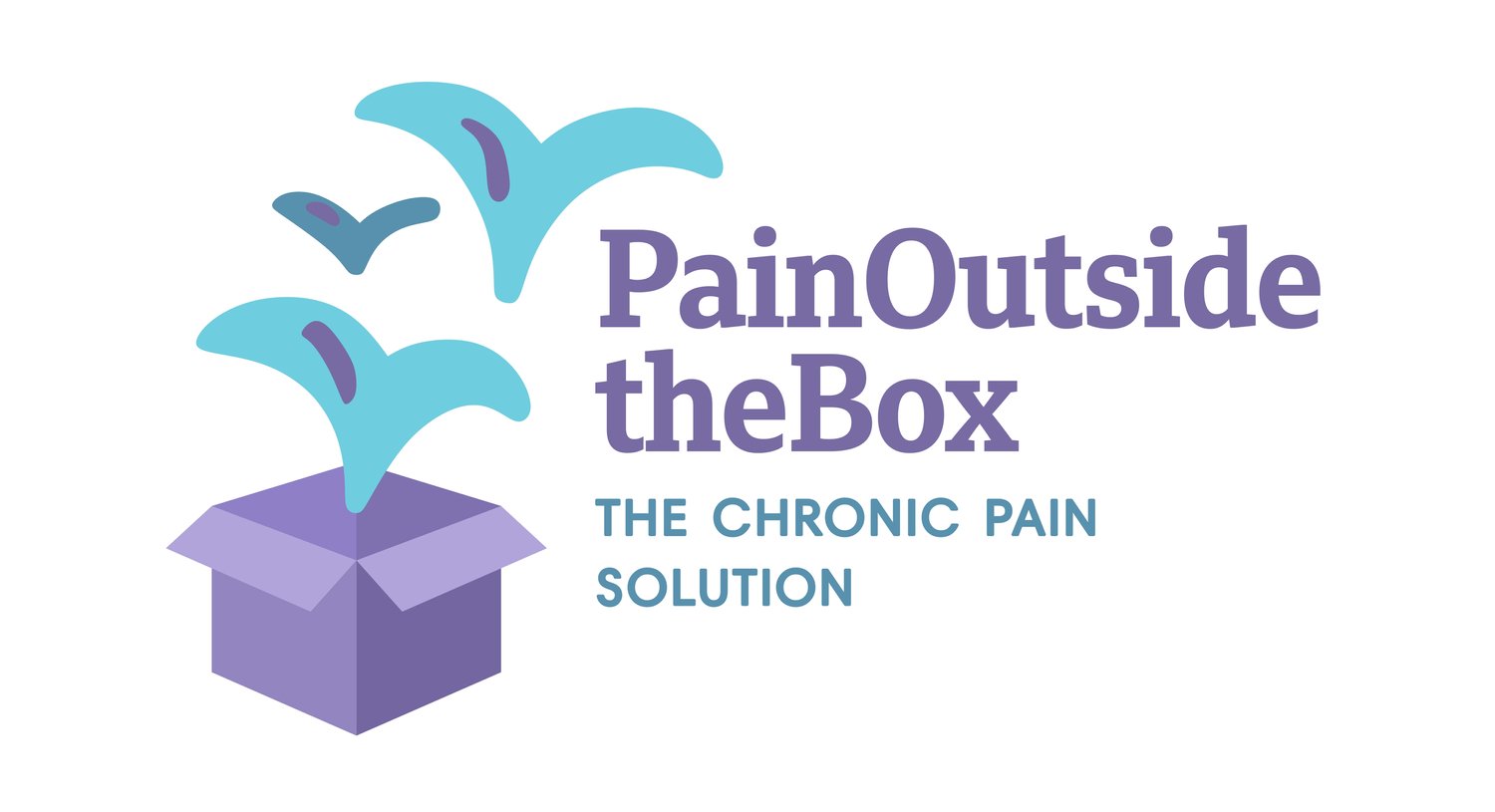You are NOT your symptom - why identifying with a condition is a bad idea for people with chronic pain
I’m a strong believer in the fact that the language we use shapes our reality. We perceive the world around us through our senses, and then translate this sensory data into language. In turn, this language has the potential to create an emotion, a way of perceiving things that may become very personal and subjective.
Through language, not only do we make sense of reality, but we also build our own identity. For example, we may identify ourselves as having brown hair or green eyes, as being teachers or writers.
When it comes to chronic pain specifically, many people also tend to assume their condition as part of their identity. How often have you or someone else said something like “my bad back”, “my injured shoulder” or simply, “my condition”?
It feels natural to say such things, and yet, if you’re looking to heal from chronic pain or any other chronic symptom, this is where you’ve got to tread carefully.
How language can be detrimental to chronic pain healing
When you ‘claim’ a symptom or condition as part of who you are, as far as the brain is concerned, this is the very equivalent to saying that you’ve got brown hair or blue eyes. The possessive form, ‘my’ introduces the idea of permanence, making it much more difficult for the individual to envision an alternative situation.
If you refer to your condition, what you’re really saying is that you will be suffering from this condition indefinitely. That is the message that you are sending to your brain. And since the brain loves ‘familiarity’, it becomes easier for your mind and body to work together to ‘maintain’ this condition for you.
Besides the possessive form, other ways of speaking that are detrimental to health are those that involve catastrophic or prophetic ways of phrasing things. It’s quite common to hear people say things like “this is absolutely awful” or “it always hurts when I do this or that”. In the first instance, a person is taking an unpleasant situation and generating feelings that are far more unpleasant. In the second, the person is mapping out his or her future by using the word ‘always’.
One may go ahead and argue that the two statements above are ‘true’. A symptom can be truly awful, and it may have become a fact that someone always experiences pain following a certain activity. However, no matter how true it is in the present moment (‘present’ is a keyword here), if you venture into TMS healing, there are two things you need to do when it comes to the way you describe your pain or condition.
1) Describing your pain objectively
The first thing you could do is to make an effort to speak about pain using more objective language. It’s fine to say ‘it hurts here or there’, but watch out for those hyperbolic words. Avoid using words like ‘awful’, ‘horrendous’, or ‘unbearable’. These words send the message to your brain that this symptom is truly the worst, and your nervous system will only react with more stress, which in turn leads to an amplification in your pain pathways to match the language you have used!
A lot of TMS sufferers tend to use these words, together with other visual language, sometimes involving ‘knives or electric shocks going through the body’, in an attempt to get others to understand them. Naturally, we want the people around us to understand what we’re going through, because of our innate need for connection and love.
But the thing is, if you are truly seeking healing, you should not be focused on helping others understand your condition. While this may indeed make others more aware of your suffering, it will do nothing to get you out of that suffering. In fact, it only makes things worse by making your condition more firmly etched into your identity.
2) Focus on what you are feeling ‘now’
This point ties in with the above. If you describe your pain objectively, for what it really is, you wouldn’t be saying things like ‘my shoulder always hurts.’ You would be saying something like ‘my shoulder is painful right now’. Simply by using the words ‘right now’, you are sending a different message to the brain - namely, that your shoulder doesn’t have to hurt forever.
The brain will pick up on this cue and, with practice, stop generating those automatic expectations of pain. You can finally start to envision a different outcome, which is what TMS healing is all about.
Shedding your identity as pain sufferer
The most important step in the end is not to make your symptom an integral part of your identity. So from now on, why not consider saying things like “I have a back pain” rather than “I suffer from back pain”? Can you see how the latter is more permanent-sounding, while the former is simply factual and anchored in the present moment?
If you have been diagnosed with a condition like fibromyalgia or ME, this is all the more important. Saying something like “I’m a fibromyalgia sufferer” implies that your condition defines you to a certain extent. I encourage my clients to get more specific instead. If both their legs or arms hurt, they can say so. But to identify with a chronic condition is like willingly accepting a death sentence. You can get pain relief if you identify with your condition, but not complete, lasting healing.
To heal, you’ve literally got to assume a new identity - that of a person that is free of pain. And one of the safest and most effective tools to start building this new identity is the language you use. Be mindful of it, and you’ll be well on your way towards recovery.
Need more help with overcoming TMS? We’ve launched our comprehensive 25-day DIY Program, Path to Pain Free, which tackles the above in more detail, and addresses various other aspects of TMS to help you get out of pain fast! Check it out via the link below:


